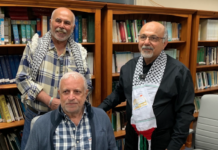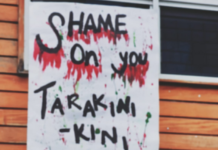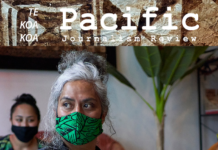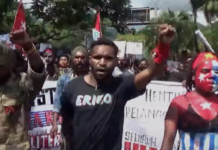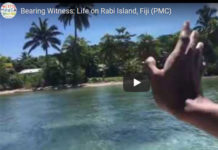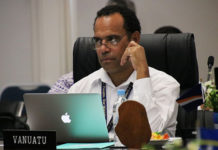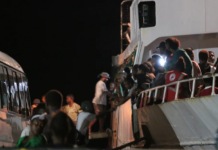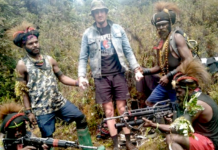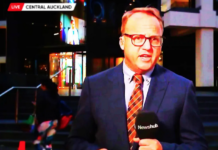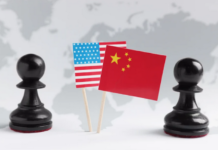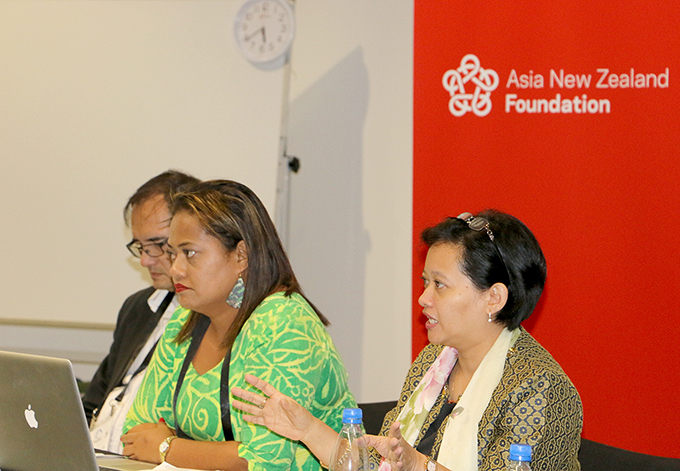
By Kendall Hutt
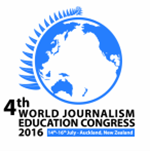 The United Nations Climate Change Conference last year – more commonly referred to as “COP21”, may have been praised as a “historic turning point” in reducing global warming by French Foreign Minister Laurent Fabius and world leaders alike, but many remain unconvinced world leaders actually care about climate change.
The United Nations Climate Change Conference last year – more commonly referred to as “COP21”, may have been praised as a “historic turning point” in reducing global warming by French Foreign Minister Laurent Fabius and world leaders alike, but many remain unconvinced world leaders actually care about climate change.
Speaking to Asia Pacific Report earlier this year, both Greenpeace captain Pete Willcox and colleague Sophie Schroder said that world leaders were still hiding behind fossil fuels.
Some may also say that journalism itself is guilty by omission due to what many educators see as poor coverage of climate change.
Such issues were the topic of conversation among panelists and delegates alike at the 4th World Journalism Education Congress (WJEC) when it entered its second day.
Professor David Robie of the Pacific Media Centre set the tone of the panel discussion, questioning what the role of the media and indeed media education was in a post-COP21 world.
He asked whether media currently was giving enough emphasis to the issue, but more importantly to the human rights issues that sit within climate change.
This was a theme readily engaged with by the panelists, Professor Crispin Maslog, chairman of the Asian Media Information and Communication Centre in Manila; Dr Hermin Indah Wahyuni of Universitas Gadjah Mada; National University of Samoa’s Misa Vicky Lepou; and Jose Maria Carlos from the Philippines.
Although speaking to journalism education and climate change in their respective countries – the Philippines, Indonesia and Samoa – all of the panelists said the media was failing in reporting climate change.
Current coverage lacking
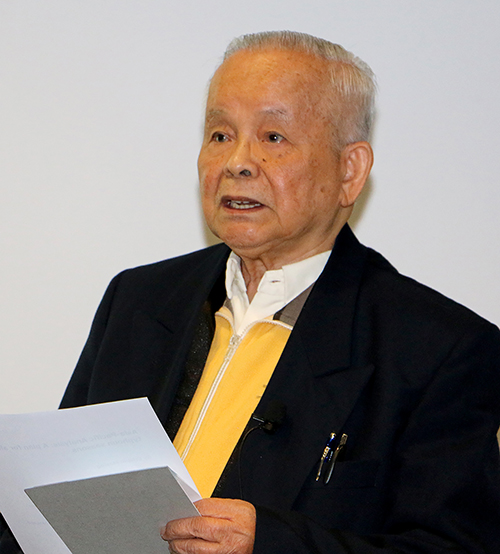
Although coverage was not wholly lacking, the panel stressed, improvements are still needed.
Dr Wahyuni said this was the case as current framing centred on a “impact-victim frame” which only built a “easy causal relationship” between disasters and climate change.
Although Carlos also noted that this was the case in his discussion, he said that despite a “high level” of climate change coverage throughout Asia, gaps remained in the “depth of understanding” of the issue by the Filipino public.
He highlighted that this was a concern noted not only by academics and non-governmental organisations, but also journalists themselves.
Misa said the current lack in climate change coverage culminated in a “top-down” effect in newsrooms, in which editors refused to take notice of the issue because it was not “sexy” enough.
She highlighted that this seemed to be the case in Samoa, where climate change was the lesser covered topic in three of its newspapers compared to business.
Misa noted this “reflects the priorities” in the daily news agenda worldwide.
Calls not new
However, this is not the first time such issues have been noted, nor calls for new media strategies in relation to climate change made.
Several academics, journalists and non-governmental actors debated the issue in May for Asia Pacific Report.
Although unable to reach consensus on a precise strategy moving forward, all stressed the importance of changes being made.
Future solutions?
The panelists also did not simply lament the current state of climate change journalism.
Dr Maslog, Dr Wahyuni, Carlos and Lepou all posed possible solutions to the current crisis.
Dr Maslog said that “training on the job” should take place for media practitioners into environmental and disaster reporting.
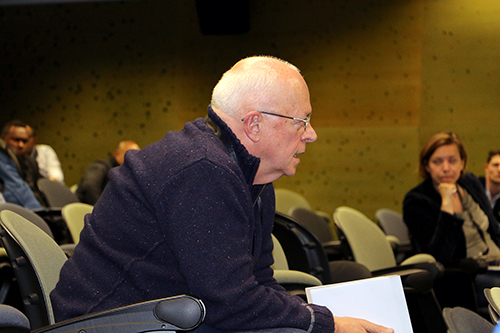
Dr Wahyuni said the media should continue to act as an observer, but stressed that in doing so it should “keep up with science”.
Carlos agreed, saying “good principles” should continue to be stressed.
Misa said, however, echoing points made by her fellow delegates throughout the WJEC regarding student journalists being at the heart of improvements, said the introduction of a climate change module into the journalism curriculum would “bring life to journalism education”.
Both panelists and delegates agreed, however, that “so much needs to be done”.
In the face of a lack of “political will” from both politicians and journalists alike regarding climate change however, all acknowledged that it may be an uphill battle.
World leaders still ‘hiding behind fossil fuels’, says Rainbow Warrior skipper


